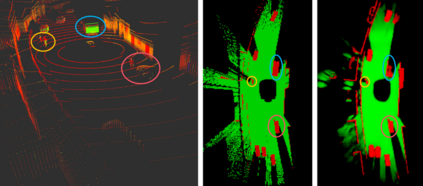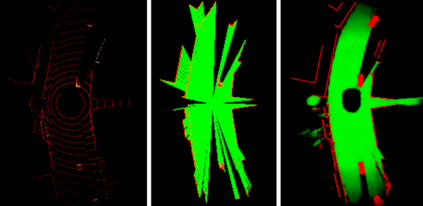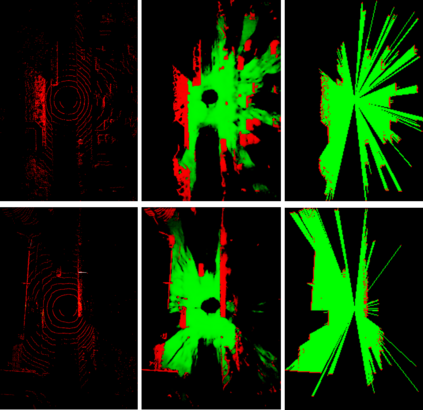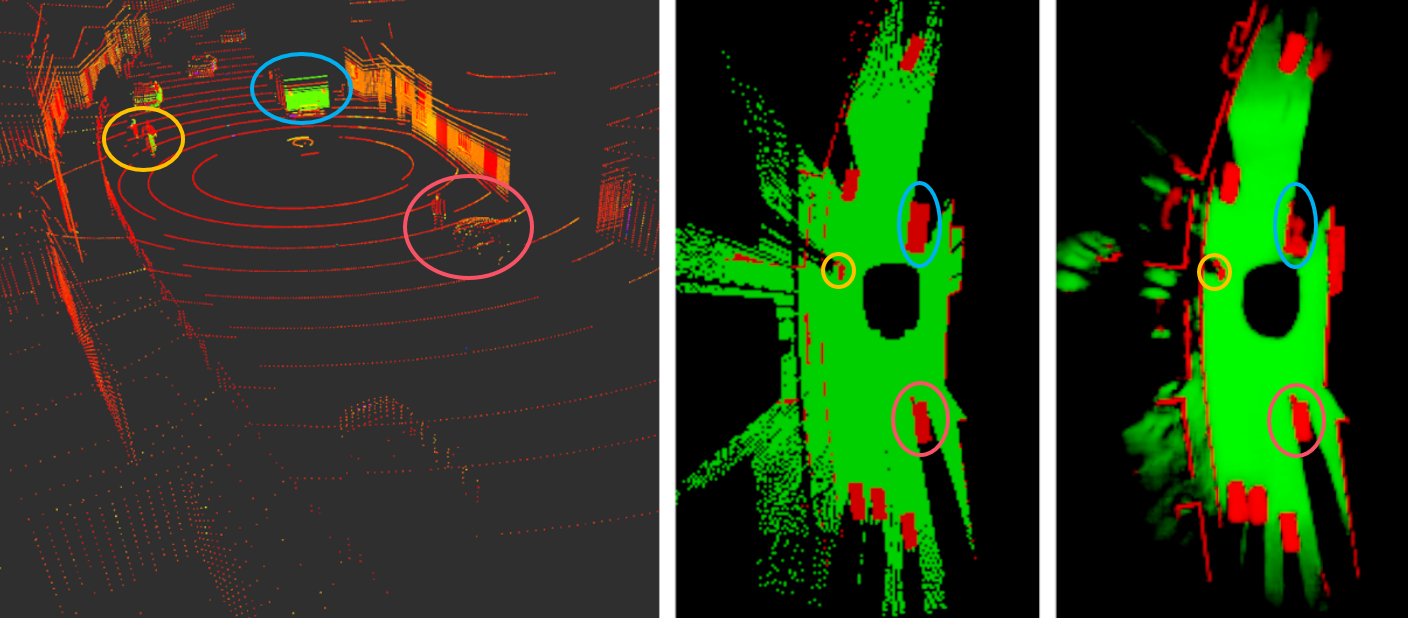Evidential occupancy grid maps (OGMs) are a popular representation of the environment of automated vehicles. Inverse sensor models (ISMs) are used to compute OGMs from sensor data such as lidar point clouds. Geometric ISMs show a limited performance when estimating states in unobserved but inferable areas and have difficulties dealing with ambiguous input. Deep learning-based ISMs face the challenge of limited training data and they often cannot handle uncertainty quantification yet. We propose a deep learning-based framework for learning an OGM algorithm which is both capable of quantifying uncertainty and which does not rely on manually labeled data. Results on synthetic and on real-world data show superiority over other approaches.
翻译:使用反向传感器模型(ISMs)从诸如里达尔点云等传感器数据中计算OGMs。几何性能在估算未观测但可推断的地区的情况时显示,在使用模糊输入方面有困难。深层次的基于学习的ISM面临培训数据有限的挑战,他们往往无法处理不确定性的量化。我们提出了一个深层次的基于学习的框架,用于学习一种既能量化不确定性又不依赖人工标记数据的OGM算法。关于合成数据和关于现实世界数据的结果显示优于其他方法。







